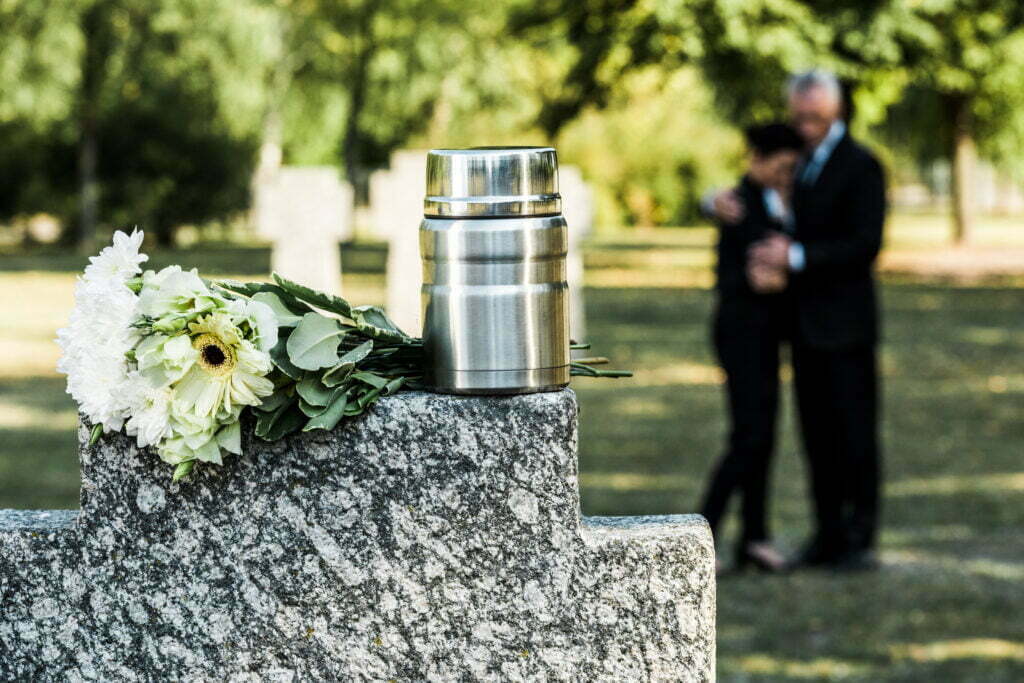When applying for Social Security Disability benefits, it can be difficult to think about also having to hire an attorney. The good news is that it is possible to apply for Social Security Disability benefits on your own. You’ll just need to jump through quite a few hoops to make it happen.
First you’ll need to contact your local Social Security representative. You can get the application by phone, by mail, online or in person. The form will ask you to provide information about your injuries, disabilities, treatments and any other information that may be applicable.
Your local representative will be responsible for confirming your basic information. For instance, they’ll be checking your age, employment status, and other general information.
Once your application passes through the local office, your case will go on to Disability Determination Services, commonly abbreviated as DDS. The DDS is a state run agency that determines whether or not your claim is valid. They will use the information that you provided in your application for their initial review. They will then conduct a consultative examination usually with your physician; however, they may also choose to work with an independent source.
After these examinations are complete, the DDS will determine whether or not to grant you benefits. If they decline your claim, you can appeal.
While it is completely possible to file for Social Security Disability benefits on your own, it can be difficult. Claims that are filed without the assistance of an attorney are often initially denied. Working with an experienced attorney can not only save you time, but help you start receiving the benefits you’re owed as soon as possible.
When it comes to our health, we want to be able to trust our doctors. Especially when dealing with a workers’ compensation case. You want to make sure your doctor truly has your best interests at heart. So is it legal for your employer talk to your doctor behind your back? Doesn’t that seem like a breach of trust?
It’s an unfortunate truth, but yes, it is legal. And they do — all the time. It wasn’t always allowed, but very often it happened anyway. However, successful lobbying with Governor McCrory lead to a huge change in the law. Thanks to these new laws, employers can talk to your doctor, and are not required to tell you that the conversation occurred or what they talked about.
Under the old laws, the adjuster or employer had to not only submit their inquiries in writing, but also had to share a copy with you before they sent it to your doctor. This would give you a chance to look it over and ask any questions you might have. You could even ask for something to be added — which seems like a very fair arrangement. They could communicate with your doctor, and you still knew what was going on.
So why did insurance adjusters and employers want this changed? Well, based on the fact that they lobbied the government to change the law, it doesn’t seem like a huge leap to infer that they had a motive. And that motive seems to be their desire to communicate with your doctor without you knowing.
We’ve written before about an ongoing series of cases involving Johnson and Johnson and a mass tort involving the use of Johnson & Johnson talcum powder leading to ovarian cancer. To catch you up, despite several studies that show a link between the use of talcum powder and ovarian cancer, many companies such as Johnson & Johnson have failed to label products appropriately.
Last year after a mass tort began against Johnson & Johnson, the company was ordered to pay a settlement of $72 million. In May of this year, a second verdict was handed down for $55 million.
And then, just this summer, a third case was settled against Johnson & Johnson. A California woman was awarded $417 million dollars in her settlement. Eva Echeverria, who is now 64 years old, reported using Johnson & Johnson talcum powder as a feminine hygiene product since she was 11.
She stopped using the product in 2016 as soon as she learned about its connection to ovarian cancer, but by then it was too late. Ms. Echeverria was diagnosed with ovarian cancer in 2007. She hopes that her case will help other women learn about the dangerous connection between talcum powder and ovarian cancer. The court ordered that Johnson & Johnson pay $70 million in compensatory damages and $347 in punitive damages.
We always want to make sure that our loved ones are taken care of — which is why it’s important to know where your family stands should anything happen to you on the job or as a result of a workplace injury. In the event of death, are your family members covered by workers compensation?

Whether or not a worker’s family will receive death benefits and workman’s comp has to do with their financial relationship. If they are wholly dependent on the worker and their earnings, they will share the death benefits equally. For instance, if a worker leaves behind a wife and dependent child, they would be considered wholly dependent. If the deceased worker has no dependents, then a portion of their benefits would go to any partial dependents.
Generally, benefits are paid out every week for a minimum of 500 weeks. For dependent children, they will receive benefits until they turn 18. For the spouse, they will pay benefits until their own death or until they remarry. Workers’ compensation also covers funeral expenses up to $10,000.
In order to receive these benefits, the deceased worker’s next of kin will need to file for workers’ compensation with the Industrial Commission within 30 days of the employee’s death.

Whether it’s putting money towards college, saving up for their first car, or helping out the family, many teenagers find themselves working part-time jobs on top of their studies. It’s a common part of the teenage experience. Unfortunately, young age does not prevent injury, and teenagers can get hurt at work just like anyone else. So before you get to work, it’s a good idea to know your rights especially on workers compensation for minors.

In the U.S. all minors must be covered by workers’ compensation. In some states such as North Carolina, workers under the age of 18 are given additional protections.
For instance, in a regular workers’ comp case, your benefits will usually be calculated based on the amount you have made over the past year. However, if the case involves a minor, benefits will be determined according to their future earning capacity. In other words, they will look at how much the minor would be making if they’d been promoted as an adult.
It’s also important to note that in the case of permanent partial disability or permanent total disability cases, you may need to have a legal parent or guardian appear in court.

In most cases, it is illegal for a minor to perform certain types of work. For example, some occupations require a person to be 18 years of age or older. Other jobs prohibit minors from performing certain tasks, such as operating heavy machinery or driving a vehicle. And still others forbid minors from working outside of school hours.
If a minor, despite the fact that he or she is violating the law, is injured while working in an employment situation where he or she is prohibited from doing so, the employer must pay workers’ compensation benefits.

Even though a minor violates the law by working in an occupation or under conditions where he or she is not permitted to do so, the employer is liable for paying workers’ compensation benefits if the minor sustains an injury while on the job. Add to that, if you employ a minor in an occupation that is prohibited by state law, you may also be subject to civil penalties and/or criminal charges.
Getting a job as a teenager can be a significant first step into the adult world. As such, it’s important to be aware of your rights and know what you should do if you’re hurt on the job. Don’t hesitate to speak to an experienced attorney. We can help guide you through your case and ensure that your rights are being protected.